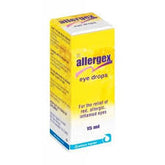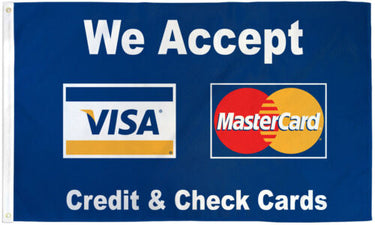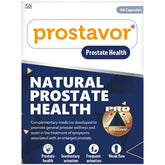Eye tests for children
Regular eye tests for children are crucial for detecting vision problems early and ensuring optimal eye health and visual development. Comprehensive eye exams can identify issues such as refractive errors, lazy eye (amblyopia), or strabismus (misalignment of the eyes), which, if left untreated, can affect a child's learning and overall well-being. This article provides an overview of the importance of eye tests for children, common procedures involved, and signs of potential vision problems.
Importance of Eye Tests for Children
Regular eye tests for children are essential for several reasons:
-
Early Detection of Vision Problems:
- Many vision problems in children are asymptomatic or may not be noticed without a comprehensive eye exam. Early detection allows for prompt intervention and treatment.
-
Optimal Visual Development:
- Clear vision is crucial for learning, social interactions, and overall development in children. Identifying and correcting vision problems early can support healthy visual development.
-
Prevention of Academic and Behavioral Issues:
- Undiagnosed vision problems can lead to academic difficulties, such as reading and learning disabilities, as well as behavioral issues due to frustration or lack of understanding.
-
Treatment of Amblyopia and Strabismus:
- Conditions like lazy eye (amblyopia) and misalignment of the eyes (strabismus) are best treated when detected early in childhood. Timely intervention can improve outcomes and prevent long-term vision issues.
Common Eye Tests for Children
Common eye tests for children may include:
-
Visual Acuity Test:
- Measures the clarity of a child's vision using an eye chart. This test helps identify nearsightedness, farsightedness, or astigmatism.
-
Cover Test:
- Assesses eye alignment and detects strabismus (misaligned eyes). The child is asked to focus on an object while one eye is covered, and the movement of the uncovered eye is observed.
-
Ocular Motility Test:
- Evaluates the range and coordination of eye movements. It helps detect conditions such as nystagmus (involuntary eye movements) or tracking problems.
-
Stereopsis Test:
- Assesses depth perception or the ability to perceive objects in three dimensions. It is often done using special stereoscopic tests or 3D glasses.
-
Retinoscopy:
- Estimates the child's refractive error (prescription for glasses) by shining a light into the eye and observing the reflection off the retina.
-
Pupil Response Test:
- Evaluates the pupil's response to light and assesses the function of the optic nerve and other neurological pathways.
Signs of Vision Problems in Children
Parents should be vigilant for the following signs that may indicate vision problems in children:
-
Squinting or Blinking Frequently:
- Struggling to see clearly may cause children to squint or blink excessively.
-
Complaints of Headaches or Eye Strain:
- Vision problems can lead to headaches or discomfort, especially after prolonged visual tasks like reading or screen time.
-
Holding Objects Close to the Face:
- Difficulty seeing objects at a distance may prompt children to hold books or screens closer to their eyes.
-
Covering or Rubbing Eyes Frequently:
- Children may cover or rub their eyes to alleviate discomfort caused by vision issues.
-
Tilting Head or Closing One Eye:
- Misalignment of the eyes (strabismus) may cause children to tilt their head or close one eye to improve focus.
-
Poor Academic Performance:
- Difficulty reading, writing, or participating in visual activities may indicate underlying vision problems affecting learning.
Conclusion
Regular eye tests for children are essential for detecting vision problems early and ensuring optimal visual development. Parents should schedule comprehensive eye exams for their children, especially before starting school and during critical developmental stages. By identifying and addressing vision issues promptly, children can enjoy clear vision and support their overall well-being and academic success.
In summary, prioritizing regular eye tests for children is crucial for safeguarding their vision and supporting healthy visual development. Parents should be proactive in scheduling comprehensive eye exams and attentive to signs of potential vision problems in their children.
- Complication of Eye tests for children
- Diagnosis of Eye tests for children
- Eye tests for children
- Eye tests for children myths
- How is Eye tests for children treated?
- Medicine for Eye tests for children
- Remedies for Eye tests for children
- Support for Eye tests for children
- Symptoms associated with Eye tests for children
- The best British Online Pharmacy
- Top 10 UK Pharmacies
- Treatment for Eye tests for children
- What causes Eye tests for children
- What is Eye tests for children
- Where can I buy medicine for Eye tests for children in the UK
- ZimSeller Pharmacy



















